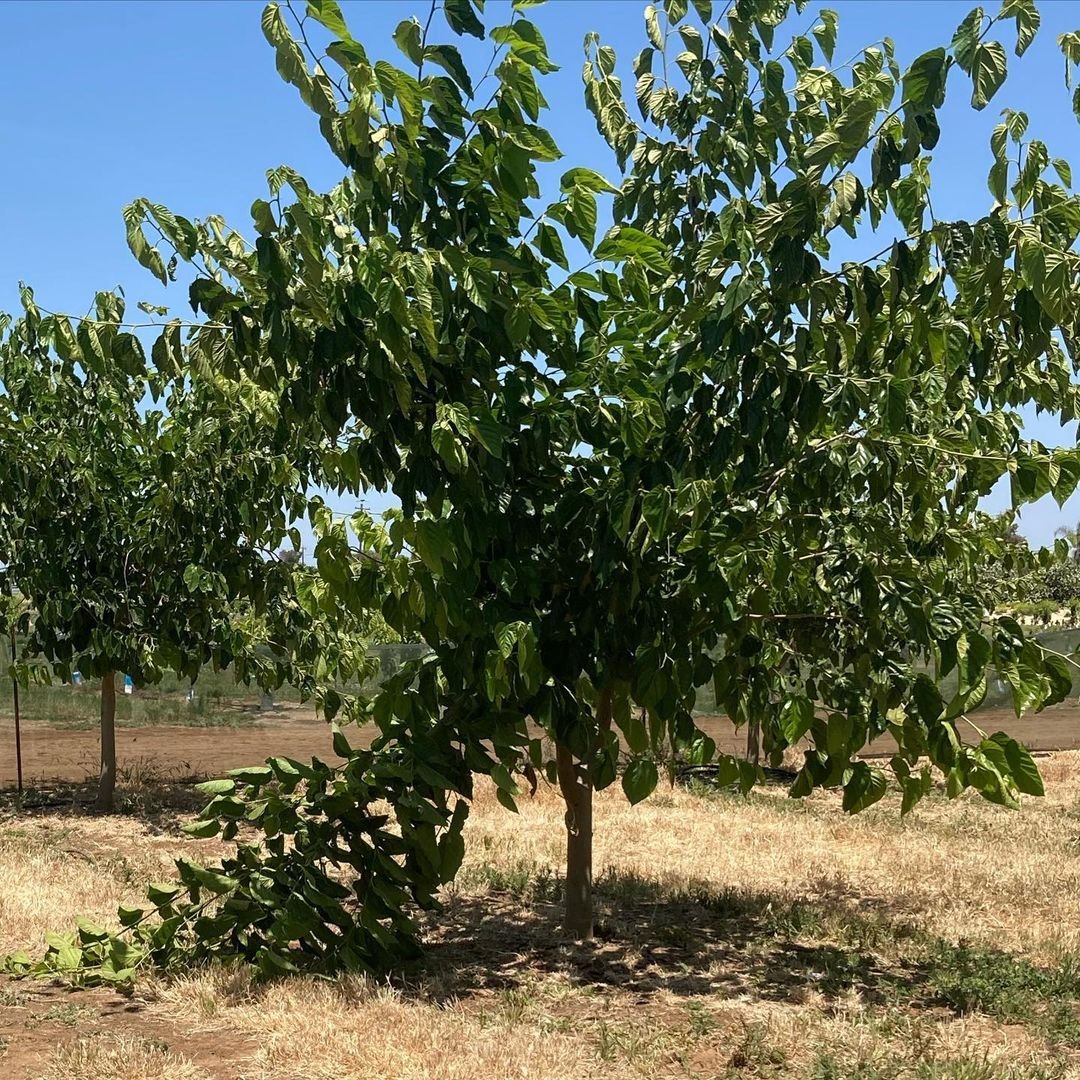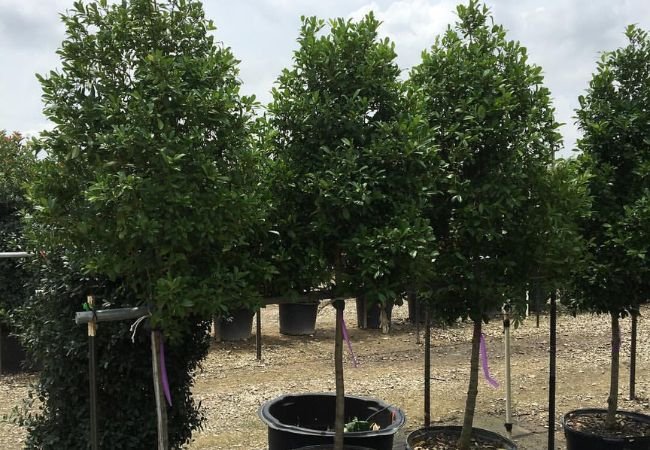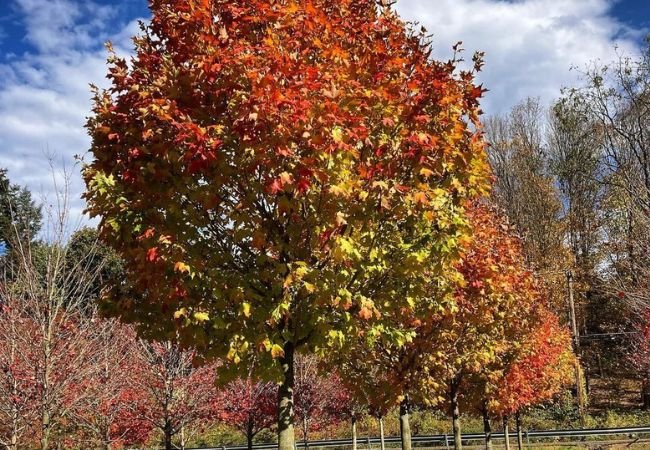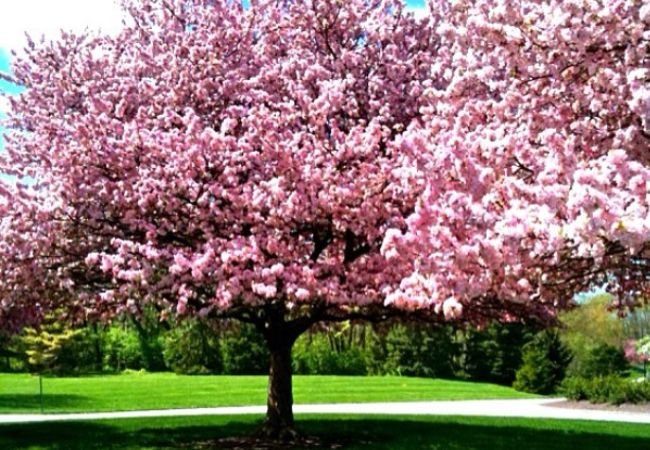Cultivating the Fruitful Bounty: A Guide to Growing Mulberry Trees
Discover the rewarding journey of growing mulberry trees in this comprehensive guide. Learn the essentials of planting, caring for and harvesting these delightful fruit-bearing trees, perfect for backyard cultivation. Explore tips on varieties, soil preparation, pruning techniques and troubleshooting common issues for a bountiful mulberry harvest.
Mulberry trees, with their lush foliage and delectable fruit, have captured the hearts of gardeners and culinary enthusiasts alike. These versatile plants offer not only a stunning addition to any landscape but also the promise of a bountiful harvest of sweet, juicy berries. Whether you’re a seasoned green thumb or a budding gardener, embarking on the journey of cultivating mulberry trees can be a deeply rewarding experience. In this comprehensive guide, we’ll unravel the secrets to successfully growing and nurturing these remarkable trees, ensuring a fruitful and satisfying yield.
Here’s a short chart with information about Mulberry trees (Morus spp.):
| Aspect | Information |
|---|---|
| Botanical Name | Morus spp. |
| Common Names | Mulberry |
| Plant Type | Deciduous tree |
| Zones | 4-9 (varies by species) |
| Exposure | Full sun |
| Bloom Time | spring |
| Height/Spread | 30-50 feet tall, 30-40 feet wide |
Understanding the Mulberry Tree

A Brief History and Botanical Overview
To truly appreciate the mulberry tree, let’s delve into its rich history and unique botanical characteristics. Belonging to the Morus genus, these trees trace their origins back to ancient China, where they have been cultivated for thousands of years. Today, they are grown worldwide, prized for their diverse fruit colors, including white, black and red.
Varieties to Consider
When it comes to growing mulberry trees, the first step is selecting the perfect variety to suit your preferences and growing conditions. Here are some popular options to explore:
Black Mulberry (Morus nigra)
Known for its large, juicy and flavorful black fruit, this variety is a classic choice for many gardeners.
White Mulberry (Morus alba)
Producing sweet, white or pale pink berries, this variety offers a delightful contrast to its darker counterparts.
Red Mulberry (Morus rubra)
Native to North America, the red mulberry boasts deep red or purple fruit, adding a vibrant touch to your garden.
Pakistan Mulberry (Morus macroura)
Valued for its large, sweet fruit and remarkable drought tolerance, this variety is well-suited for drier climates.
Planting and Establishing Mulberry Trees
Site Selection and Soil Preparation
Choosing the right location and preparing the soil are crucial steps in ensuring the success of your mulberry tree cultivation. These trees thrive in well-draining soil with a pH range of 6.0 to 7.5. If your soil is heavy or clay-like, consider amending it with compost or other organic matter to improve drainage and aeration.
When selecting a planting site, aim for an area that receives ample sunlight, ideally at least six hours of direct sun exposure per day. Mulberry trees love basking in the warmth of the sun, which is essential for optimal growth and fruit production.
Planting Techniques
With the site selected and soil prepared, it’s time to plant your mulberry tree. Dig a hole twice as wide as the root ball and slightly shallower than the depth of the root system. Gently place the tree in the hole, backfill with soil and water thoroughly. Proper planting depth is crucial, as planting too deep can lead to issues with moisture retention and root development.
Nurturing Mulberry Trees for Optimal Growth
Watering and Fertilizing
Consistent moisture is key to the health and vitality of your mulberry trees, especially during their establishment phase. Water deeply once or twice a week, depending on your climate and soil conditions. As the trees mature, they become more drought-tolerant but occasional deep waterings during dry spells will help promote robust growth and abundant fruit production.
In early spring, apply a balanced, slow-release fertilizer to provide essential nutrients for vegetative growth and fruit development. Follow the manufacturer’s instructions carefully to avoid over-fertilizing, which can lead to nutrient burn or other issues.
Pruning and Mulching
Regular pruning is essential for maintaining the health and shape of your mulberry trees. Prune annually in late winter or early spring, before new growth appears. Remove any dead, damaged, or crossing branches and thin out the interior to promote air circulation and sunlight penetration. Proper pruning encourages a strong, healthy structure and improves fruit production.
Mulching is another crucial practice for mulberry tree care. Spread a 2-4 inch layer of organic mulch around the base of your trees, keeping it a few inches away from the trunk. Mulch helps retain moisture, suppress weeds and provides nutrients as it breaks down over time.
Harvesting the Fruitful Bounty
Recognizing Ripeness and Harvesting Techniques
One of the most rewarding aspects of growing mulberry trees is the opportunity to harvest and savor their delicious fruit. Mulberries typically ripen in late spring or early summer, depending on your climate and variety. Watch for color changes as an indication of ripeness – ripe berries will transition from green to their mature hue (white, black or red).
When harvesting, gently twist and pull ripe berries from the stem to avoid damaging the fruit or the tree. Plan to harvest frequently during peak season, as mulberries do not continue ripening once picked.
Enjoying and Preserving the Harvest
Fresh mulberries have a relatively short shelf life, so it’s best to enjoy them as soon as possible after harvesting. Consider incorporating them into desserts like pies, cobblers, jams or simply savor their sweet, juicy flavor straight from the tree.
If you find yourself with an abundant harvest, consider preserving your mulberries through canning, freezing, or drying. This will allow you to enjoy the fruits of your labor long after the harvest season has passed.
Troubleshooting Common Challenges
Pest and Disease Management
Like any plant, mulberry trees can face challenges from pests and diseases. Monitor your trees regularly for signs of infestations or infections, such as aphids, scale insects, borers, powdery mildew, leaf spot or canker. Prompt identification and treatment are crucial to maintaining the health and productivity of your trees.
Insecticidal soaps, neem oil and other appropriate organic methods can be effective in controlling pests, while fungicide treatments may be necessary in severe cases of fungal diseases. Proper pruning, adequate spacing and maintaining good air circulation can also help prevent and manage many issues.
Addressing Fruit Drop
If you notice excessive fruit dropping prematurely, it could be a sign of underlying issues such as water stress, nutrient deficiencies or pest damage. Closely observe your trees and address any potential problems promptly to improve fruit retention and overall tree health.
Cultivating mulberry trees is a rewarding journey that combines patience, dedication and a deep appreciation for nature’s bounty. By following the guidance provided in this comprehensive guide, you’ll be well-equipped to nurture these remarkable trees from planting and care to harvesting and troubleshooting. Embrace the process, celebrate the milestones and savor the sweet rewards of your labor – a bountiful harvest of delectable mulberries, straight from your own backyard.







3 Comments